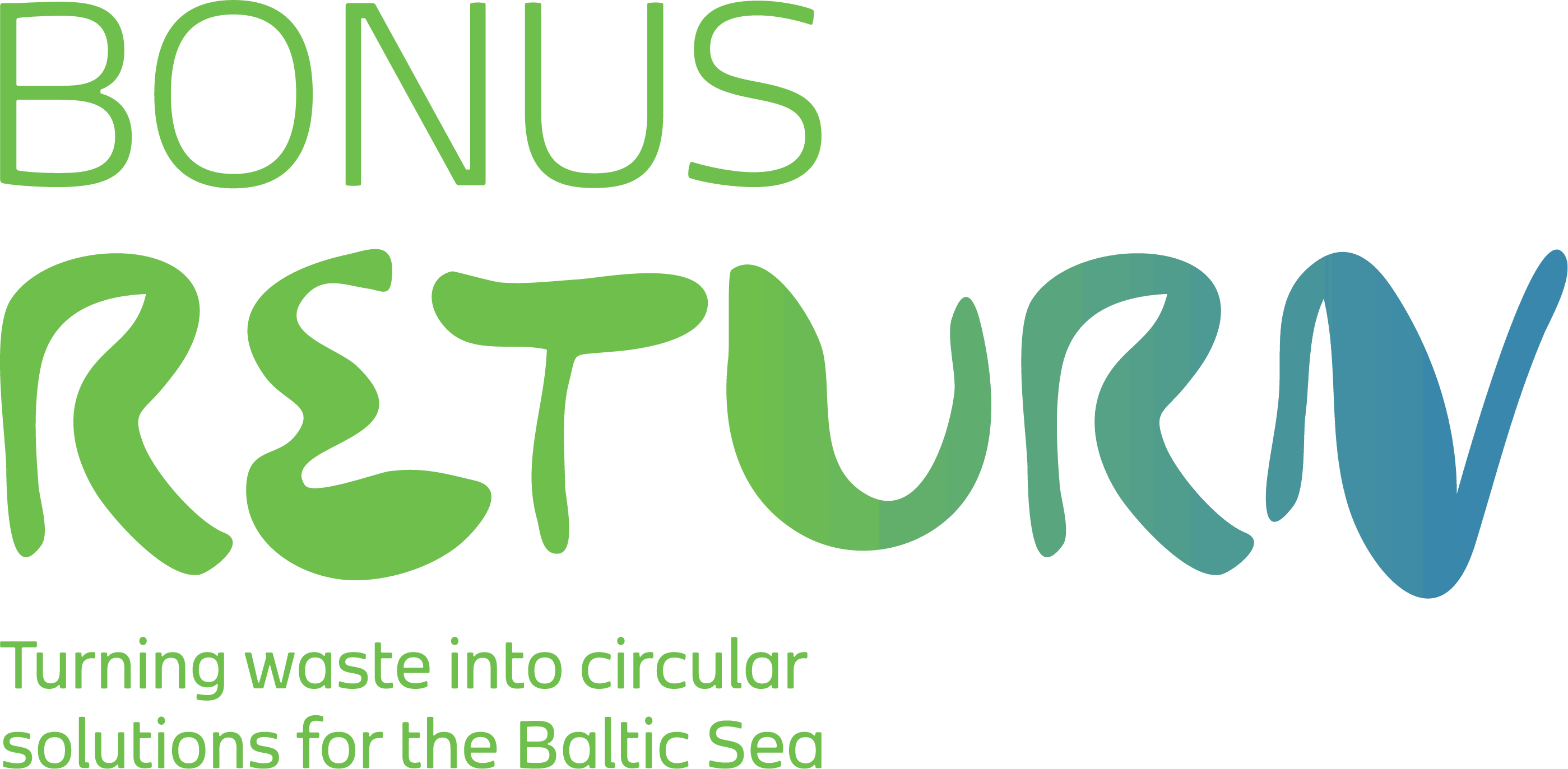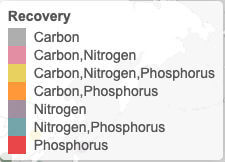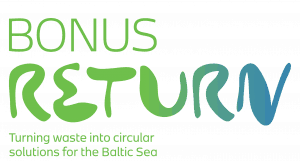Agriculture is the main sector responsible for nutrient emissions in the Baltic Sea Region and it is under increased pressure to identify cost-effective solutions towards reducing nitrogen and phosphorus loads originating from farming activities. Recycling resources from agricultural waste is central to the idea of a circular economy, and has the potential to address the most urgent problems related to nutrient use in the food chain, such as depletion of natural phosphorus reserves, water pollution and waste management.
Using systematic mapping methodology, we examined what evidence exists relating to the effectiveness of ecotechnologies in agriculture for the recovery and reuse of carbon and/or nutrients (nitrogen and phosphorus) in the Baltic Sea region and other comparable boreo-temperate systems (read the full report).
Here we present the evidence base visualized in an evidence atlas.
Related pages
How to use the atlas
The evidence atlas is an interactive searchable tool that shows the locations of the studies included in the systematic map database along with extracted meta-data. Each dot shows a study reporting on ecotechnology for recovery and/or reuse of carbon and nutrients. By clicking on a specific dot, bibliographical information of the publication, data on study design and characteristics of reported ecotechnology, recovery and reuse, including a link to the publication on Google Scholar are visualised. Different colours of dots represent different types of recovery outcomes including carbon, phosphorus and nitrogen (and their combinations). Coordinates from 27 studies (15.3%) could not be found and these studies are not displayed in evidence atlas.
How we collated the systematic map database
We searched for both academic and grey literature. The searches were restricted to the period 2013 to 2017. English language searches were performed in 5 bibliographic databases and search platforms, and Google Scholar. Searches in 36 specialist websites were performed in English, Finnish, Polish and Swedish. We included studies that were located in the Baltic Sea Region or comparable boreal/temperate regions in both hemispheres. We also included any type of ecotechnology undertaken for the purposes of recovery and/or reuse of carbon, phosphorus and/or nitrogen in agriculture. Our methods are described in the peer-reviewed and published protocol.
What is included in systematic map database?
We found 173 articles studying the effectiveness of 177 ecotechnologies. The majority of eligible articles were in English, originated from bibliographic databases and were published in 2016. Most studies with reported locations, and given our boreo-temperate scope, were conducted in Europe and North America. The three most prevalent ecotechnologies in the evidence base (collectively 40.7%) were: using recovered products as soil amendments, anaerobic digestion andcomposting (including vermicomposting). Manure was the principal waste source used for recovery of nutrients or carbon, making up 55.4% of the all studies in evidence base, followed by a combination of manure and crop residues (22%). There were 51 studies with 14 ecotechnologies that reported on recovery of carbon and nutrients together, predominantly via (vermi)composting and anaerobic digestion.
Who can use systematic map database?
The evidence base can be useful for researchers, decision-makers or any other actors working on transformation from linear to circular economy in the agricultural waste sector.
The following topics were identified as potential candidates for future systematic reviews:
1- Effectiveness of products recovered from different types of agricultural wastes as soil amendments or fertilisers.
2- Effectiveness of anaerobic digestion as an ecotechnology used for recovery of nutrients and carbon.
3- Effectiveness of composting and/or vermicomposting as ecotechnologies used for recovery of nutrients and carbon.
We have already started addressing the first two clusters, and a methodical plan for this review is available here.
Information on this page is based on the findings from the systematic map titled “Effectiveness of ecotechnologies in agriculture for the recovery and reuse of carbon and nutrients in the Baltic and boreo-temperate regions: a systematic map”.
Please cite this report as: Macura B, Piniewski M, Księżniak M, Osuch P, Haddaway N, Ek F, Andersson K, Tattari S (2019) Effectiveness of ecotechnologies in agriculture for the recovery and reuse of carbon and nutrients in the Baltic and boreo-temperate regions: a systematic map. Environmental evidence 8, 39. doi:10.1186/s13750-019-0183-1.


